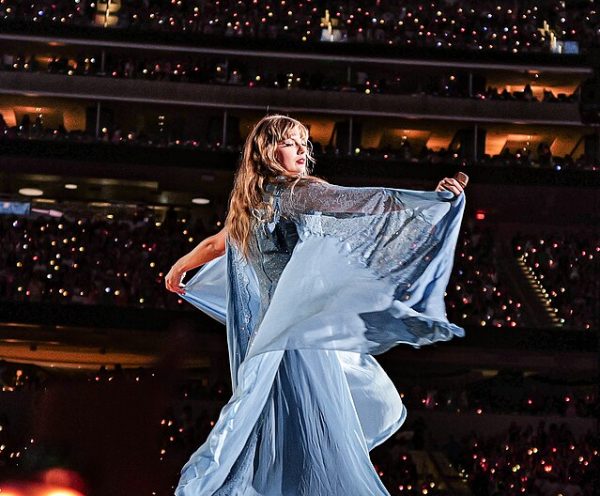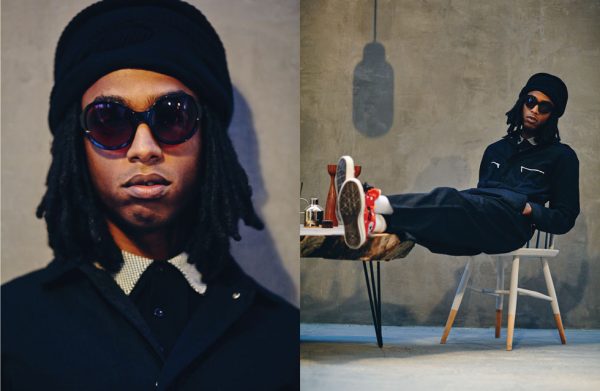Maleficent ends with more “Sleeping” than “Beauty”
October 23, 2019
Maleficent: Mistress of Evil, released Oct. 18, is the long awaited sequel to Maleficent released in 2014. Directed by Joachim Rønning, the film takes place a few years after the previous movie, beginning when Prince Phillip (Harris Dickinson) proposes to Aurora (Elle Fanning). As the evil queen (Michelle Pfeiffer) plots to destroy the fairies, Maleficent (Angelina Jolie) steps up to protect the Moors. While this movie was released in high hopes, it failed to satisfy the audiences expectations and swerved in the wrong direction of action and heroism.
In the previous movie, Jolie’s grace and charisma as Maleficent characterized the movie by showing a story from the perspective of the villain. However, the new plot killed the power that that Jolie gave as a lonely but dynamic godmother in trying to go after a more action-packed movie. This was also created by how the movie attempted to carve out the care Maleficent had in her, which was effective, but as the movie progressed and became more focused on the action, Maleficent was transformed into just a warrior, like all other movies. Maleficent lost the uniqueness of duality of love and hate towards humans and became just one of the many other fantasy action movies.
Even though the overriding action scenes did kill the uniqueness of the series, the scenes themselves, many being created through CG, filled the movie with color and beauty. The intricate details of the fairies and the magical forest successfully created a world filled with vivid hue and life. The costumes and makeup was original and extraordinary, mixing diverse cultural costumes and makeup to show their otherworldliness.
While the movie, for the younger audience, was satisfying with action packed scenes and dramatic visuals, for people who were looking for the mesmerizing acting of Jolie and the charismatic personality of Maleficent, this sequel felt empty and generic.











